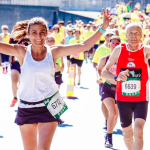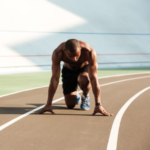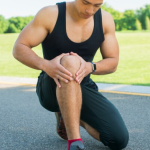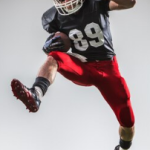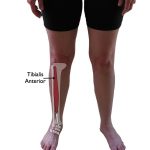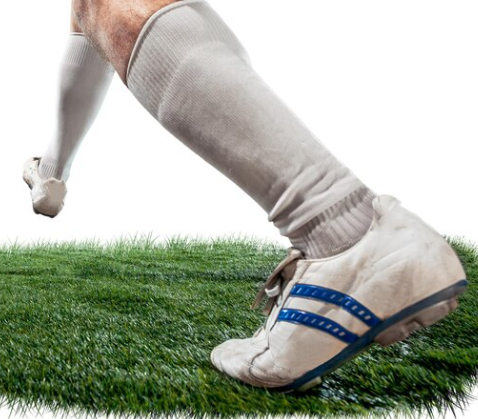 |
What is turf toe? Turf toe is a type of sports injury that occurs in athletes with a lot of pushing off or changes in direction in their sport. Anatomically, turf toe is a hyperextension injury of the joint of the big toe. Essentially, the toe is forced past its normal range of motion. Unfortunately, this results in injury of the joint and tissues around it. How does it happen? The big toe is one of the most important joints for generating speed and power in our lower body. When we land on or push off from a surface, the…
Read More
